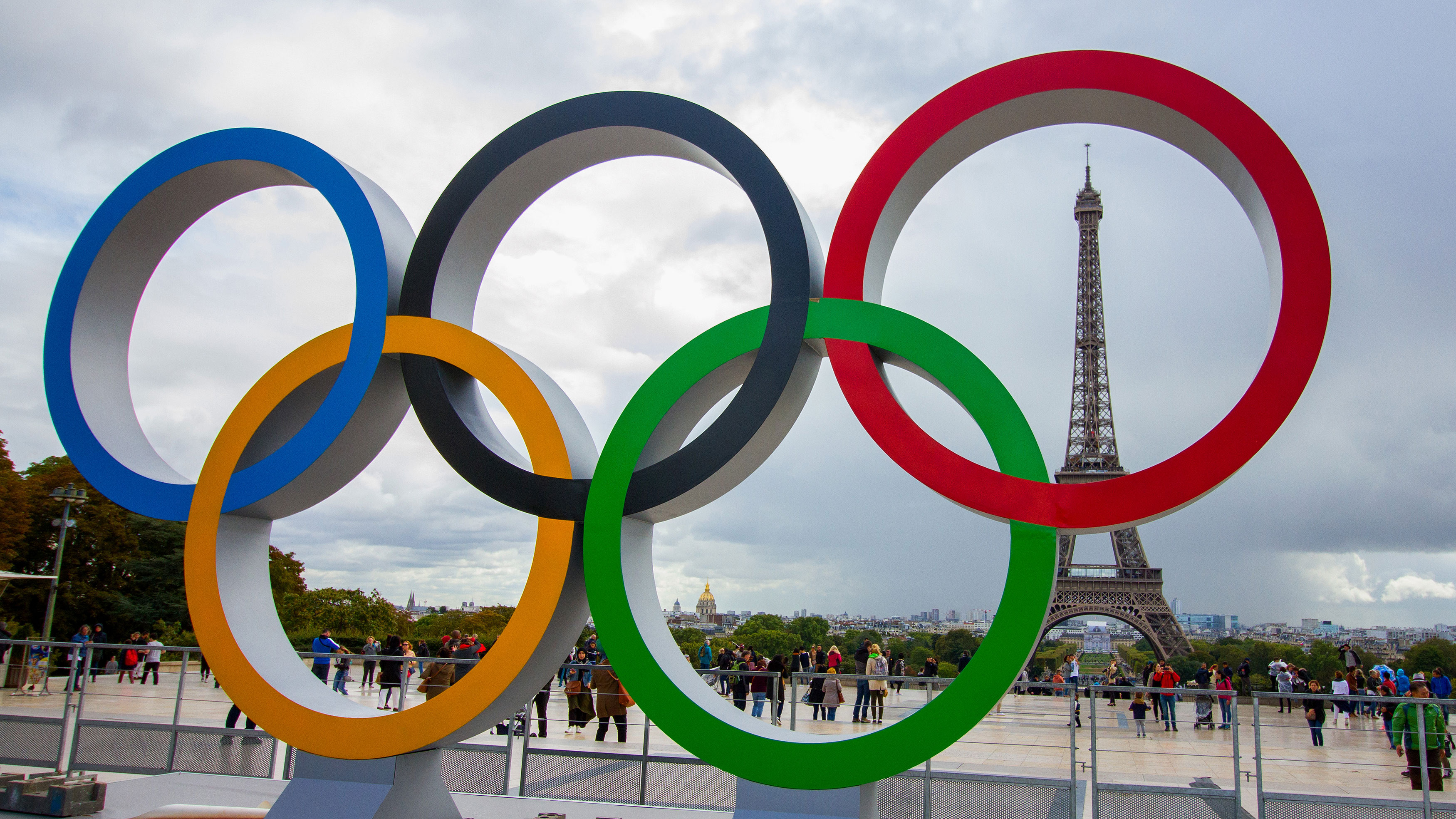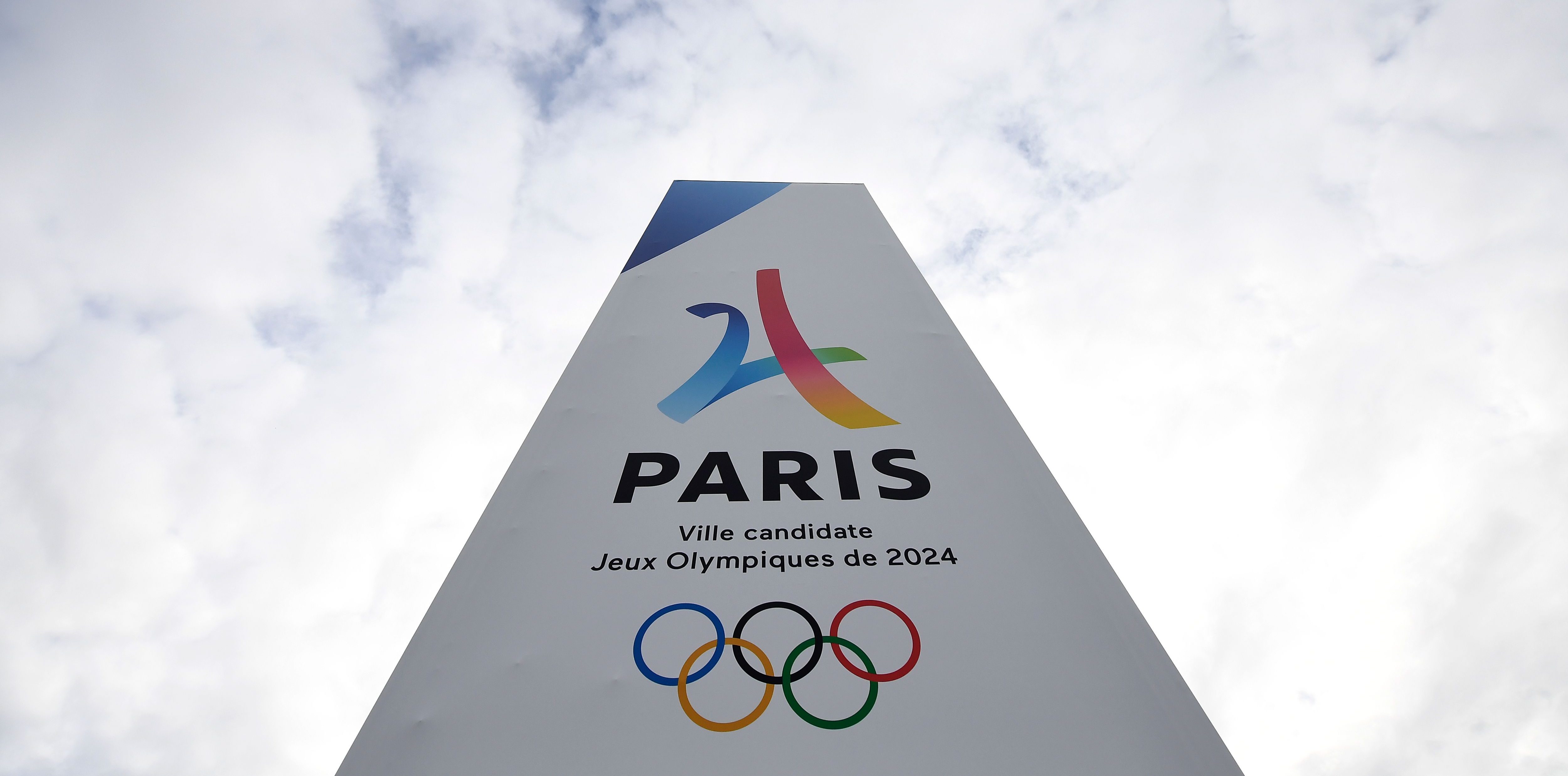The world’s best marksmen and markswomen are setting their sights on gold in Paris.
The 2024 Olympics will feature 15 shooting events. From rifles and pistols to shotguns, there is plenty of equipment involved across the sport.
How do shooting events work, and which countries are best across the sport?
Stay in the game with the latest updates on your beloved Philadelphia sports teams! Sign up here for our All Access Daily newsletter.
Here’s what to know for shooting at the Paris Olympics.
When did shooting become an Olympic sport?
Shooting made its Olympic debut in Paris 124 years ago.
The sport debuted at the 1900 Paris Games, where live pigeons were the targets. It marks the only time the killing of animals was part of the Olympics.
Shooting has been part of every modern Olympics except for 1896, 1904 and 1928.
Olympics shooting medal table
The U.S. is far and away the winningest country in Olympic shooting history.
Team USA has 116 total Olympic shooting medals: 57 gold, 31 silver and 28 bronze. That includes three golds, two silvers and a bronze for the 2020 Tokyo Olympics, but the U.S. hasn’t led the medal count in shooting at an Olympics since the 1984 Los Angeles Games.
China, which is second place in the all-time medal count, was the top country in Tokyo. It earned four golds, a silver and six bronzes at the most recent Games.
Sweden (57 medals), the Soviet Union (49) and Great Britain (47) round out the top five in the all-time medal count.
American Carl Osburn has the most shooting medals in Olympic history. The U.S. navy officer earned 11 total medals (five gold, four silver and two bronze) across the 1912, 1920 and 1924 Olympics.
Olympic shooting schedule
Shooting events will be held from Saturday, July 27, through Monday, Aug. 5.
Olympic shooting venue
The Chateauroux Shooting Centre will hold shooting events for the Paris Olympics.
How many Olympics shooting events are there?
The Olympic program includes 15 shooting events:
Men’s
- 10m air pistol
- 25m rapid fire pistol
- 10m air rifle
- 50m rifle three positions
- Skeet
- Trap
Women’s
- 10m air pistol
- 25m pistol
- 10m air rifle
- 50m rifle three positions
- Skeet
- Trap
Mixed team
- 10m air pistol
- 10m air rifle
- Skeet
Olympics shooting competition format
Rifle and pistol
Competitors begin rifle and pistol events by shooting at a 10-ring target in qualifying. Different events require a different number of shots to be taken in qualifying.
From there, the eight highest-scoring competitors advance to the final. The ring scoring for the final breaks the 10-ring target into scoring zones ranging from 10.0-10.9 with 10.9 being the highest. The number of shots taken in the final also varies based on the event.
The men’s rapid fire event uses a larger 10-ring target and only the top six qualifiers advance to the final.
The first tiebreaker for rifle and pistol events is the highest number of inner tens. The next is the highest score of the last 10-shot series worked backward by series in full-ring scoring until the tie is broken.
Skeet and trap
In skeet and trap events, competitors shoot at flying clay objects outdoors. Each successful shot at one of the clay projectiles is worth one point. A referee must see a visible piece fall off the clay object for it to be ruled a successful shot.
Ties in skeet and trap are broken with a shoot-off. If the competitors tie in the shoot-off, the next step is the countback rule, which takes the score of the last 25 targets (15 for double trap).
Olympic shooting positions
Shooting positions include kneeling, prone and standing. Each one is used during the three positions events.
Olympic shooting equipment
Various equipment is used during Olympic shooting events:
- Rifle (three positions and prone): A small-bore rifle weighing no more than 8 kg (17.637 pounds) with a 5.6mm caliber. Women’s small-bore rifles can weigh no more than 6.5 kg (14.33 pounds).
- Air rifle (10m): An air rifle weighing no more than 5.5 kg (12.125 pounds). It shoots out a pellet with air that is compressed from an external lever or pre-compressed air cylinder.
- Pistol (50m pistol, men’s 25m rapid fire pistol, women’s 25m pistol): The men’s 50m event features small-bore pistols with a .55cm caliber and no size restrictions. The men’s rapid fire and women’s 25m events use pistols that must fit in a 300mm x 150mm x 50mm box and weigh less than 1.4 kg (3.0865 pounds). The pistols are capable of firing five shots.
- Air pistol (10m): An air pistol weighing no more than 1.49 kg (3.3069 pounds) and must fit in a 420mm x 200mm x 50mm box.
- Shotgun (trap): The double-barreled guns typically weigh around nine pounds and have barrel lengths as long as 32 inches.
- Shotgun (double trap): These feature slightly more pellet spread compared to ordinary trap shotguns.
- Shotgun (skeet): These shotguns shoot a more open pattern of pellets and have shorter barrels than trap and double trap shotguns.
Other shooting equipment includes sights for rifle and pistol events and shotgun cartridges for skeet and trap.
Additionally, shooters wear specialized jackets, trousers, gloves and more to reduce the stress from firing the guns so often. They also have specialized shoes and are urged to wear protective head and eye equipment.





